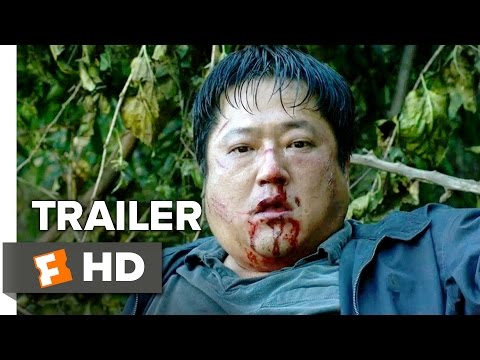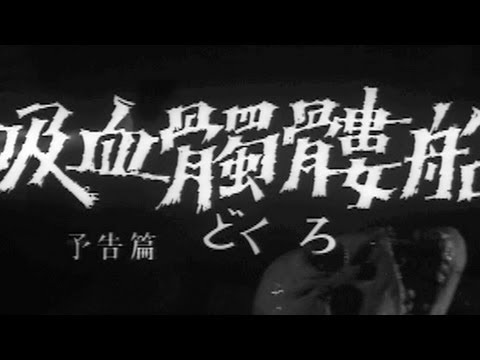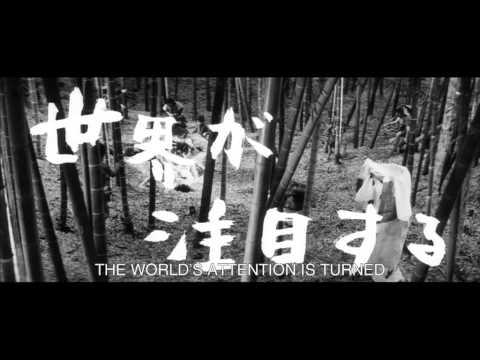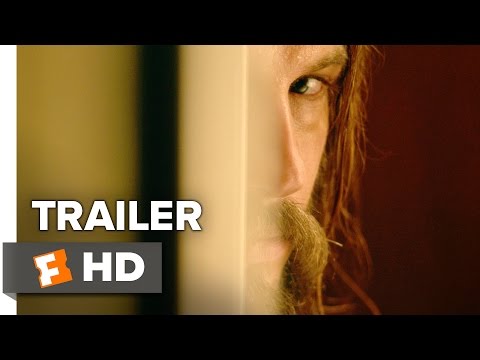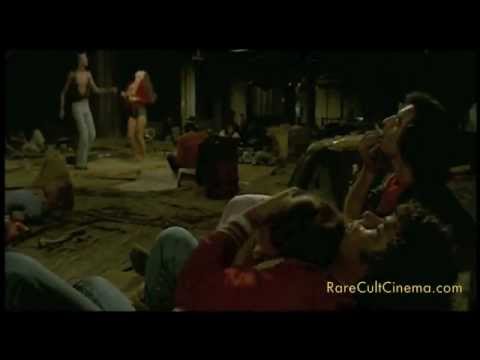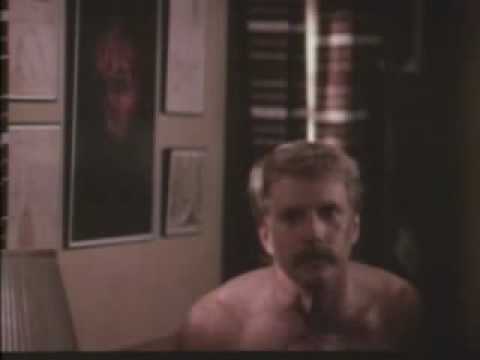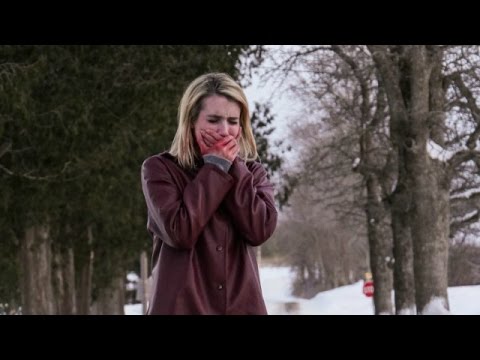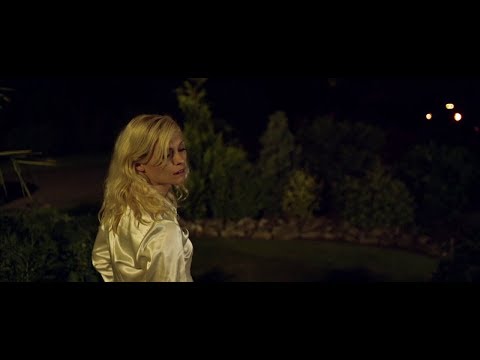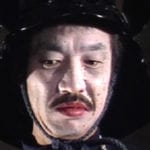Still, there are some movies that manage to sneak below eyesight and become little-known cult classics. The following 10 films are true gems of cinematic horror that don’t get as much recognition as they deserve.
10 The Wailing
The Wailing, the most recent film on this list, was released in a limited run in the US in 2016. The film tells the story of Officer Jong-goo (played by Kwak Do-won), a police detective who travels to a secluded mountain village in rural South Korea. Watch this video on YouTube A rash of violence has recently struck Goksung, and many blame a recent arrival who only speaks Japanese (played Jun Kunimura). A tense and taut thriller, The Wailing examines how murder can tear apart a community. The Wailing is a good introduction to modern Korean cinema. Director Na Hong-jin, whose other titles include The Yellow Sea and the excellent serial killer flick The Chaser, is a master craftsman who uses stunning visuals to heighten the sense of paranoia that his films invariably contain. Also, while watching The Wailing, try to count the scenes which remind you of Seven, David Fincher’s ode to neo-noir. The Wailing is currently available on Netflix.
9 Planet Of The Vampires
Italian director Mario Bava is lauded as a true visionary. His 1963 film The Girl Who Knew Too Much kick-started the giallo genre of crime films, while his 1971 film Bay of Blood (aka Twitch of the Death Nerve) provided the blueprint for the later Friday the 13th film franchise. Bava was at the height of his powers in the mid-1960s. During that time, he made several critically acclaimed films, from Blood and Black Lace to Black Sabbath. A film that is often overlooked is 1965’s Planet of the Vampires. An Italo-Spanish production, Planet of the Vampires is a moody, Gothic story set in outer space. Like most of Bava’s films, the cinematography is exquisite. Unlike other Bava films, the plot of Planet of the Vampires is clear, although slightly ridiculous. In short, during a rescue mission, a spaceship’s crew discovers a planet full of fog and vampire-like inhabitants known as the Aurans. Many have pointed out that Planet of the Vampires clearly influenced the creators of Aliens.
8 The Living Skeleton
In the late 1960s, Shochiku Studios, the oldest film studio in Japanese history, began experimenting with outlandish sci-fi and horror films to stay relevant. Between 1967 and 1968, four films—The X From Outer Space, Goke, Body Snatcher From Hell, Genocide, and The Living Skeleton—reached widespread audiences in both Japan and North America. Of the foursome, The Living Skeleton is not only the best but the most unique. While the other three pack quasi-political messages into somewhat surreal films about human extinction, The Living Skeleton is a gloomy black-and-white masterpiece about a ghost’s revenge. Years after pirates murdered the entire crew of the Dragon King, Saeko (played by Kikko Matsuoka) decides to board the skeletal ship when it suddenly appears in the harbor outside the Catholic church where she lives. Down in the ship’s hull, she somehow becomes possessed by the spirit of her murdered sister and starts picking off the pirates one by one. The Living Skeleton is Japanese pulp cinema at its finest.
7 Kuroneko
Kuroneko (“The Black Cat”) is an eerie revenge story set during Japan’s Heian period. The film begins brutally when soldiers rape and murder Yone (played by Nobuko Otowa) and her daughter-in-law Shige (played by Kiwako Taichi). Before the bodies grow cold, however, a mysterious black cat licks the dead women. Somehow this revives their spirits, and in death, Yone and Shige become avenging angels who lure soldiers and samurai to their doom. Directed by Kaneto Shindo, Kuroneko proves that horror films can be art films, too. A mostly subtle film, Kuroneko provides an interesting look at the Japanese New Wave of cinema and some of the darker elements of Japanese folklore.
6 The Invitation
As modern culture is about instant gratification, few moviegoers have much patience. This is a shame because many of yesteryear’s greatest films are slow burns. They take their time in describing all the tendrils connected to the main plot. Watch this video on YouTube 2015’s The Invitation is a slow-burn thriller set in the mountains overlooking Los Angeles. For a majority of the film’s runtime, director Karyn Kusama focuses her energy on the tortured inner life of Will (played by Logan Marshall-Green). A father who witnessed the death of his child, Will struggles with trying to rationalize why his ex-wife Eden (played by Tammy Blanchard) lacks the same depression that he cannot overcome. As the viewer learns before Will does, Eden’s happiness has a lot to do with an end-of-life cult she joined while living in Mexico. In a shock ending, The Invitation makes overt nods to the murders of the Manson family and suicide cults like Heaven’s Gate.
5 The House Of The Devil
Released in 2009, The House of the Devil aspires to be a throwback horror flick. Everything from its coloring to the use of opening credits screams 1980s. However, one shouldn’t be fooled into thinking that director Ti West’s movie is just a cheesy, John Carpenter-esque knockoff. The House of the Devil is a creepy slow burn that places emphasis on building dread and isolation. Set on a deserted college campus in Connecticut, The House of the Devil follows Samantha (played by Jocelin Donahue), a student who takes a housesitting job to make money to pay for a deposit on a new apartment. Unfortunately for Samantha, her night in the secluded house coincides with a lunar eclipse. As for the homeowners, they’re far from normal. A paean to the Satanic panic of the 1980s, The House of the Devil effectively uses silence to increase terror.
4 Torso
As already mentioned, the giallo genre is native to Italy. Giallo, which has its roots in the pulp paperback industry before World War II, saw its apex during the 1970s. Most giallo films are sordid, sleazy affairs about lust murderers in ski masks and black gloves. Every giallo film attempts to show the salacious side of life, from small town depravity in 1972’s Don’t Torture a Duckling to underage prostitution and illegal abortions in 1974’s What Have They Done to Your Daughters? Torso, directed by Sergio Martino and released in 1973, follows this tradition, although it is much more believable. A lot of this has to do with the fact that the crimes of Torso mirror the real murders of the contemporary Monster of Florence. At one point, the film’s killer targets a couple having sex in a parked car. This is exactly how the real murderer operated. Similarly, the film’s action takes place in Perugia, an Umbrian college town not far from Florence. For interested viewers, pay close attention to the brilliant sequence involving a woman who tries to free herself from a locked room just above the killer.
3 Prince Of Darkness
Although it was not John Carpenter’s first movie, 1978’s Halloween cemented his place as a brilliant horror director. Later films—such as 1980’s The Fog, 1981’s Escape From New York, and 1988’s They Live—only served to heighten widespread appreciation for Carpenter’s skills as both a director and musician. One Carpenter film that is consistently overlooked is 1987’s Prince of Darkness. Released almost a full decade before In the Mouth of Madness, Prince of Darkness is Carpenter’s first foray into Lovecraftian horror. Set in Los Angeles, Prince of Darkness involves a team of researchers who are hired to study a strange canister that had been protected for centuries by a reclusive Catholic order. As it turns out, the canister’s contents hold the key to summoning the Anti-God, an ancient deity worshiped on Earth before the coming of the Biblical Jehovah. This sets in motion the apocalypse, which may or may not come to pass. Without a doubt, Prince of Darkness is Carpenter’s most unsettling film.
2 The Blackcoat’s Daughter
When it was released in 2015, The Blackcoat’s Daughter made little waves in North America. Unless you happen to live in a big city, it’s likely that you missed its limited run. The Blackcoat’s Daughter is a disturbing indie horror film set during a harsh winter in upstate New York. During winter recess, two girls—the senior Rose (played by Lucy Boynton) and the odd freshmen Kat (played by Kiernan Shipka)—spend the weekend alone in their dorms while they wait for their parents to arrive. The outgoing Rose hates the fact that she’s been assigned to watch over Kat. As for Kat, she is knee-deep in demonic possession. Told between flashbacks and a second story line set years later, The Blackcoat’s Daughter contains all the paranoia of a locked room mystery with the unending tension of a possession movie. Add in the spice of ritual murder, and you have a recipe for a great horror film. Be forewarned: This film is currently hard to find.
1 Kill List
Ben Wheatley is a good name to remember. This British director has been responsible for several indie thrillers that have rocked audiences. In 2012, Wheatley directed the horror comedy Sightseers. A year later, he made his crowning achievement with A Field in England, a film about rogue soldiers and an alchemist during the English Civil War. Before both of these films, Wheatley made an almost perfect horror film called Kill List. An ode to the rural horror films made in Britain during the early 1970s, Kill List involves two hit men—one Irish and one English—who are hired by an unnamed client to knock off several individuals. Once the killings begin, the hit man Jay (played by Neil Maskell) begins to notice something strange. Namely, all the victims, from a pedophile to a disarmingly friendly priest, greet their killers warmly right before their executions. They welcome death because, as the hit men find out, rural England is ruled by a death cult. Kill List couples the esotericism of The Wicker Man with all the melodrama of a failed marriage. Read More: Twitter Facebook The Trebuchet
